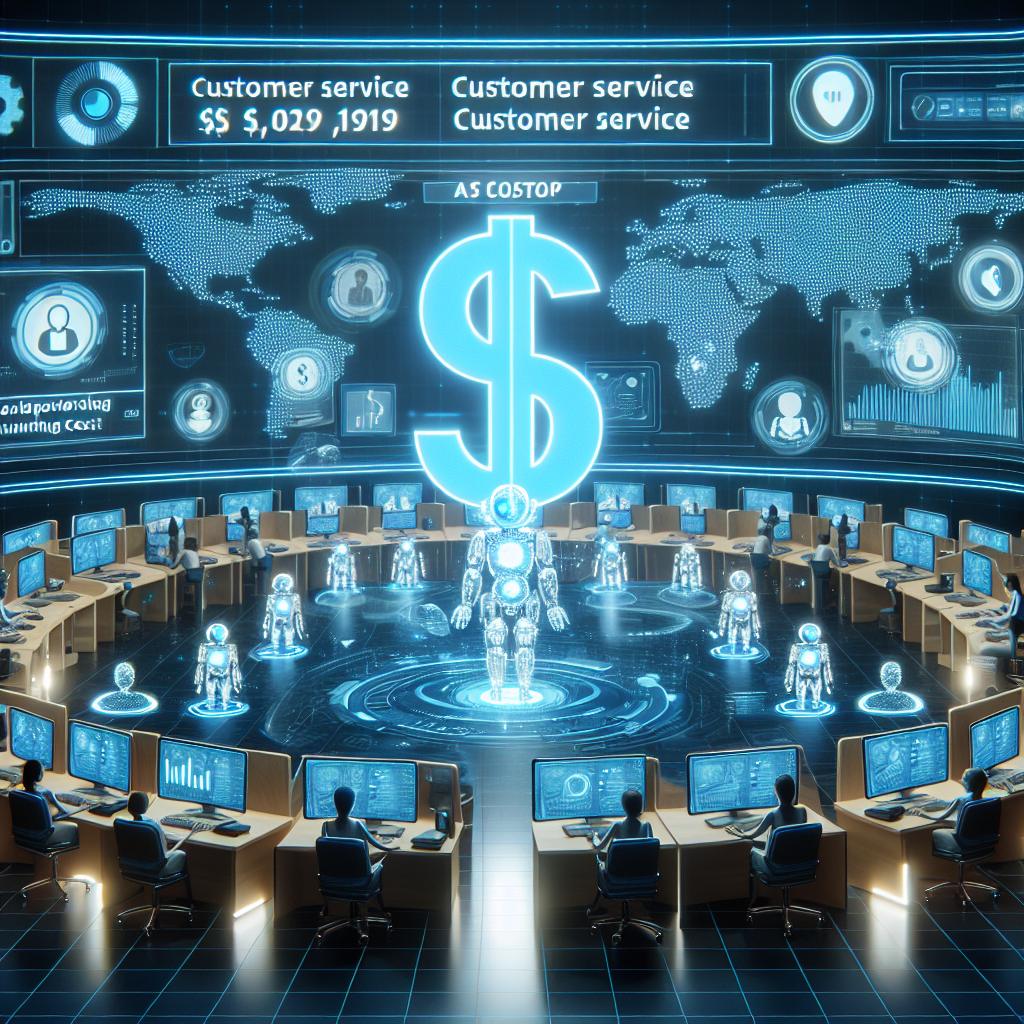Understanding Customer Service Outsourcing Economics
When businesses consider expanding their support capabilities, the cost to outsource customer service becomes a critical factor in the decision-making process. Outsourcing customer service involves transferring your customer support operations to a third-party provider, which can range from traditional call centers to modern AI-powered solutions. According to a recent report by Deloitte, approximately 59% of businesses cite cost reduction as the primary reason for outsourcing their customer service operations. This financial motivation makes sense when you consider that building an in-house customer service team requires significant investment in recruitment, training, infrastructure, and ongoing management. Companies looking to optimize their operational expenses while maintaining quality service should carefully evaluate the various cost components involved in outsourcing customer support functions. The Harvard Business Review notes that while cost remains a driving factor, businesses are increasingly considering the overall value proposition of outsourcing partnerships.
Traditional Call Center Outsourcing Pricing Models
The traditional approach to customer service outsourcing typically involves partnering with business process outsourcing (BPO) companies that operate physical call centers. These providers generally offer three primary pricing models: per-hour, per-call, and per-minute. Per-hour pricing typically ranges from $15-45 per agent hour depending on location and complexity, making it suitable for businesses with steady call volumes. Per-call pricing might range from $3-10 per resolved customer interaction, which can be advantageous for companies with variable call volumes. Finally, per-minute pricing often falls between $0.75-1.50 per minute of talk time, providing granular cost control. Each model offers different advantages depending on your specific business needs and call patterns. For instance, a seasonal business might benefit from per-call pricing during peak periods, while a company with consistent support requirements might find per-hour pricing more economical. As explored in our article on AI for call centers, modern technology is transforming these traditional pricing structures.
Geographic Cost Variations: Onshore vs. Offshore
The geographical location of your outsourced customer service team significantly impacts costs. Onshore outsourcing (within your country) typically costs $20-45 per hour in developed nations like the US, UK, or Australia, offering cultural alignment and language proficiency but at premium prices. Nearshore outsourcing to neighboring countries (such as Mexico or Canada for US companies) presents a middle-ground option at roughly $15-30 per hour. Offshore outsourcing to regions like the Philippines, India, or Eastern Europe can dramatically reduce costs to $8-18 per hour, representing potential savings of 40-70% compared to onshore options. However, these significant cost differences must be balanced against considerations like time zone differences, potential language barriers, and cultural alignment with your customer base. According to Gartner research, companies increasingly adopt a hybrid approach, strategically distributing different types of customer interactions across various geographies based on complexity and customer value.
Hidden Costs of Customer Service Outsourcing
When calculating the actual cost to outsource customer service, businesses must look beyond the advertised per-hour or per-call rates. Several hidden costs can significantly impact the total investment. Implementation costs include initial setup, technology integration, and knowledge transfer, which can range from $5,000 to over $50,000 depending on complexity. Quality assurance expenses involve monitoring and measuring performance against service level agreements (SLAs). Management overhead encompasses the time your internal team spends communicating with and managing the outsourced provider. Additionally, consider potential customer experience costs if service quality drops, leading to churn and lost revenue. Organizations should thoroughly examine contracts for clauses about minimum volumes, after-hours support charges, and escalation fees. As noted in our guide on starting an AI calling agency, modern technology solutions can help mitigate some of these hidden costs through automation and improved quality control.
AI-Powered Customer Service: The New Cost Paradigm
The emergence of artificial intelligence has revolutionized the customer service outsourcing landscape, introducing a fundamentally different cost structure. Instead of paying for human agent hours, businesses can now implement AI voice agents that handle routine inquiries at a fraction of the cost. Platforms like Callin.io offer AI phone services starting at $30-100 per month for basic packages, with per-minute or per-call pricing models for higher volumes. Unlike human agents who require breaks and work specific hours, AI systems can operate 24/7 without additional overtime costs. The McKinsey Global Institute estimates that AI-powered customer service solutions can reduce customer service costs by up to 30% while simultaneously improving first-call resolution rates. Furthermore, as explored in our article on conversational AI, these systems continue to improve in their ability to handle complex customer interactions, making them increasingly viable for a wider range of support scenarios.
Comparing Different Outsourcing Solutions: A Cost Breakdown
To make an informed decision about the cost to outsource customer service, it’s valuable to compare different solutions side by side. For a medium-sized business handling 5,000 customer interactions monthly, traditional BPO services might cost $15,000-25,000 monthly using offshore agents (at approximately $3-5 per interaction). A hybrid model combining offshore agents with some onshore supervision could cost $20,000-30,000 monthly. In contrast, implementing an AI phone service could potentially reduce this to $3,000-8,000 monthly, depending on the complexity of interactions and the level of human oversight required. According to Deloitte’s Global Outsourcing Survey, businesses implementing AI-augmented customer service report cost savings of 15-40% compared to traditional outsourcing models, with the added benefit of improved consistency and 24/7 availability. The choice ultimately depends on your specific customer service requirements, including complexity, volume, and the importance of human touch in your customer relationships.
Scalability Considerations in Customer Service Outsourcing
The ability to scale your customer service operations up or down quickly represents another important cost factor when

Helping businesses grow faster with AI. 🚀 At Callin.io, we make it easy for companies close more deals, engage customers more effectively, and scale their growth with smart AI voice assistants. Ready to transform your business with AI? 📅 Let’s talk!
Vincenzo Piccolo
Chief Executive Officer and Co Founder


